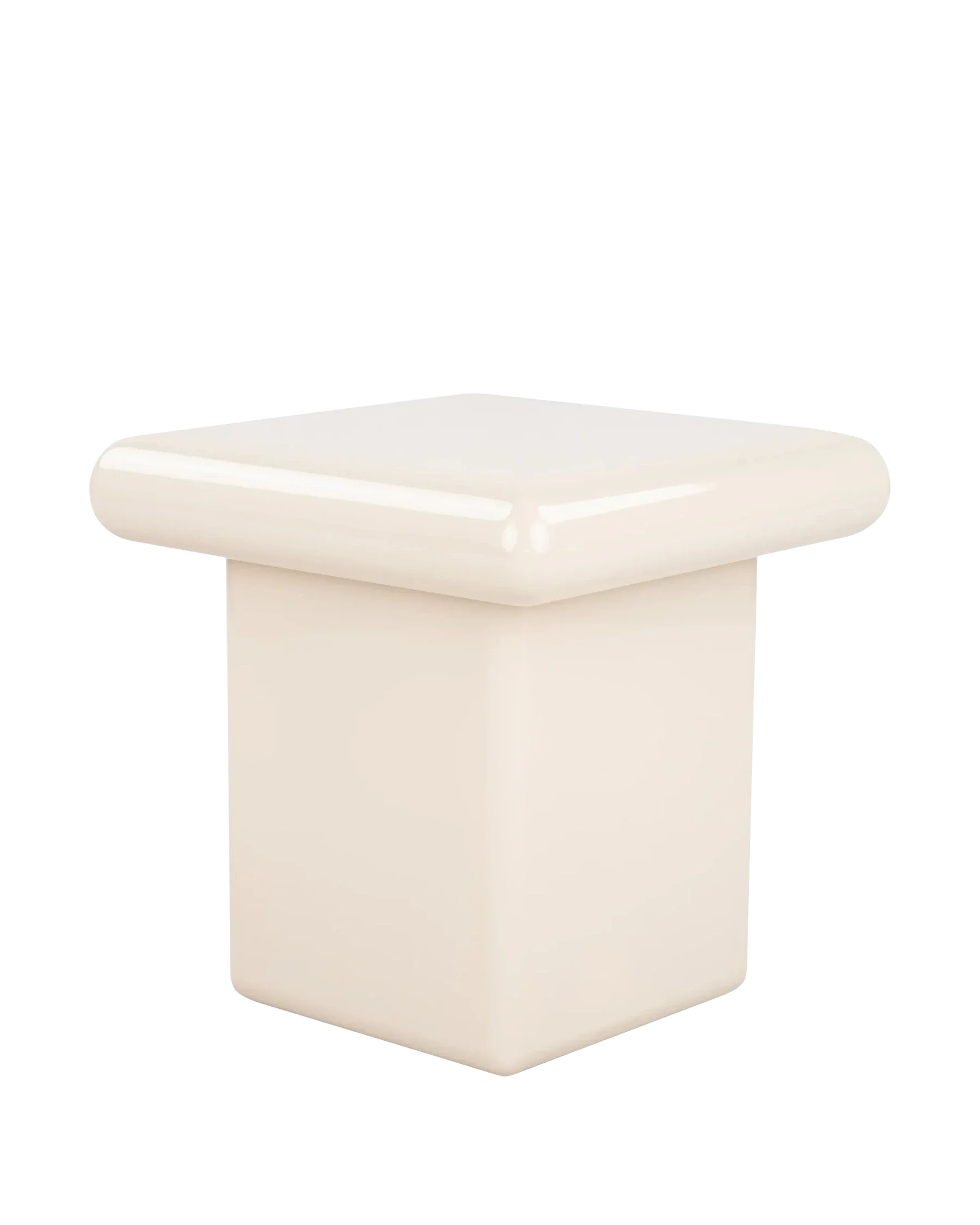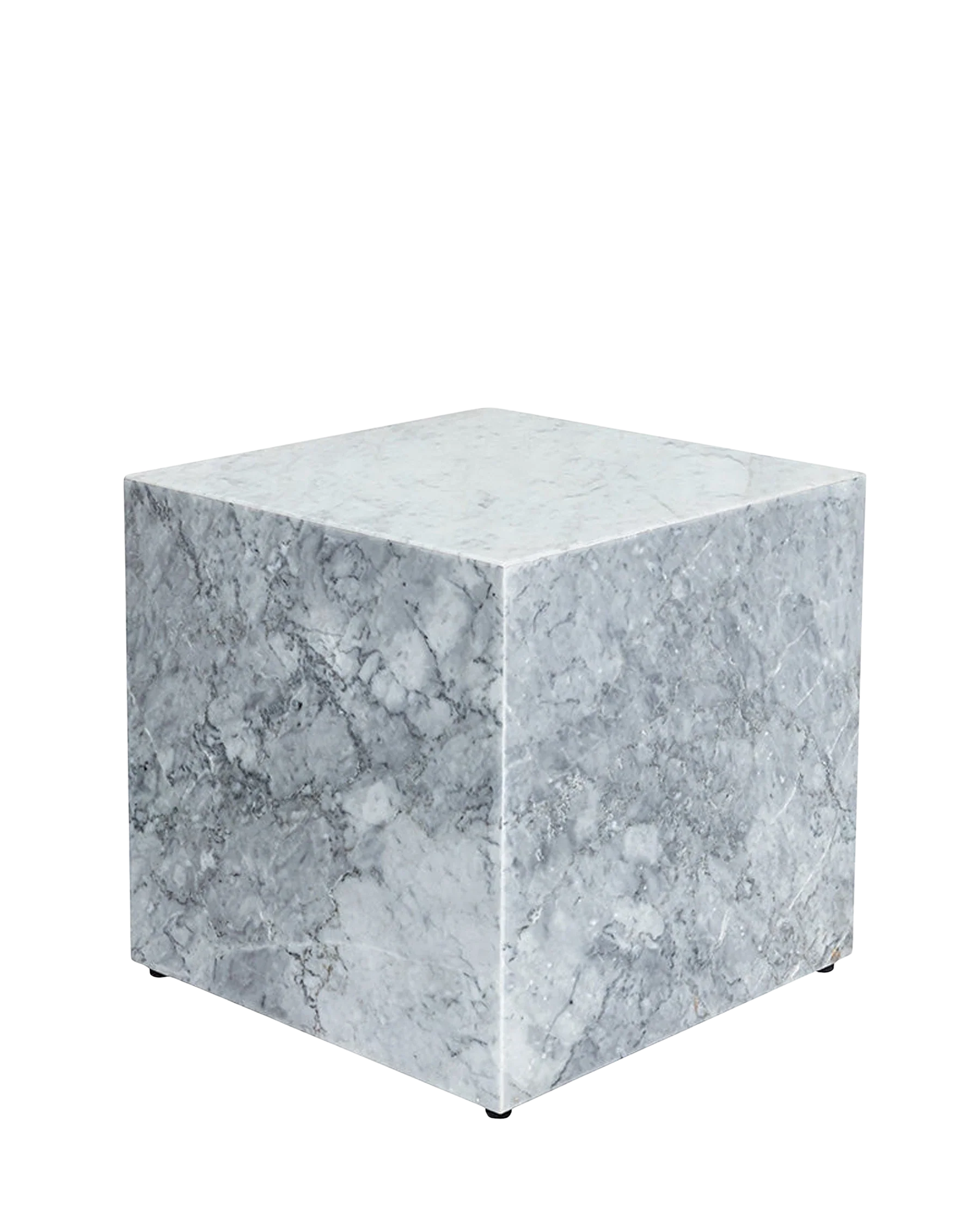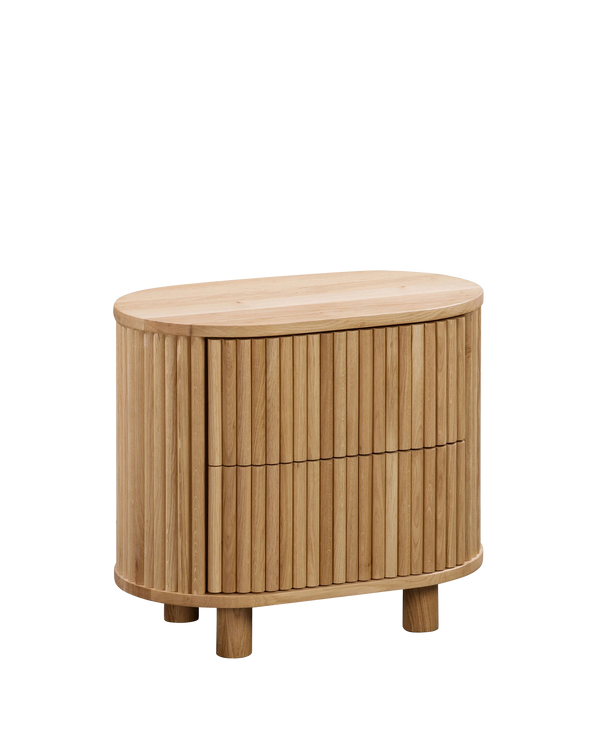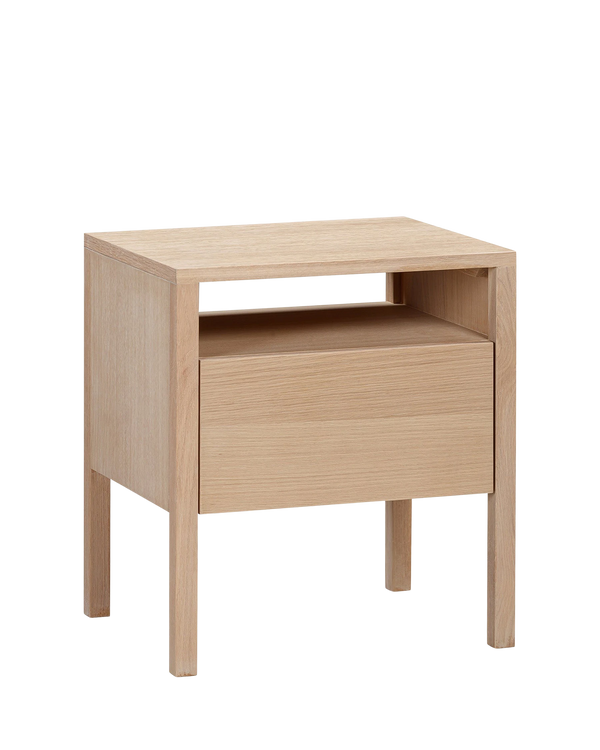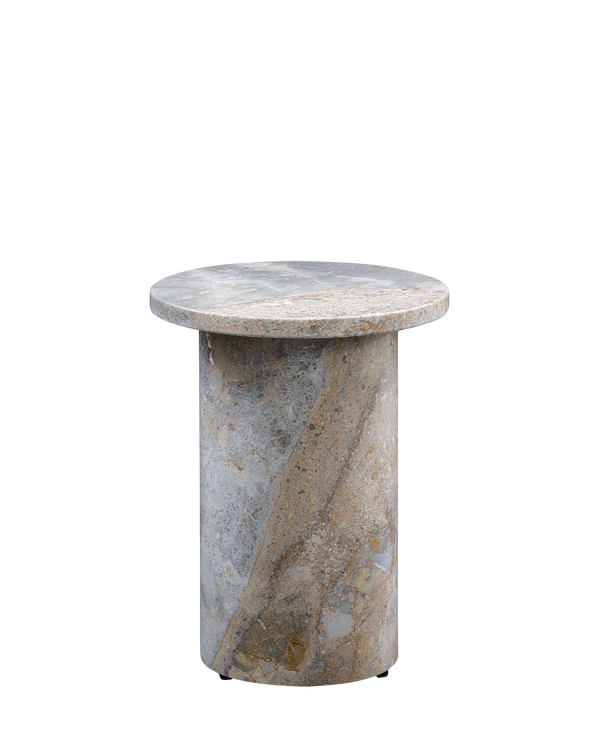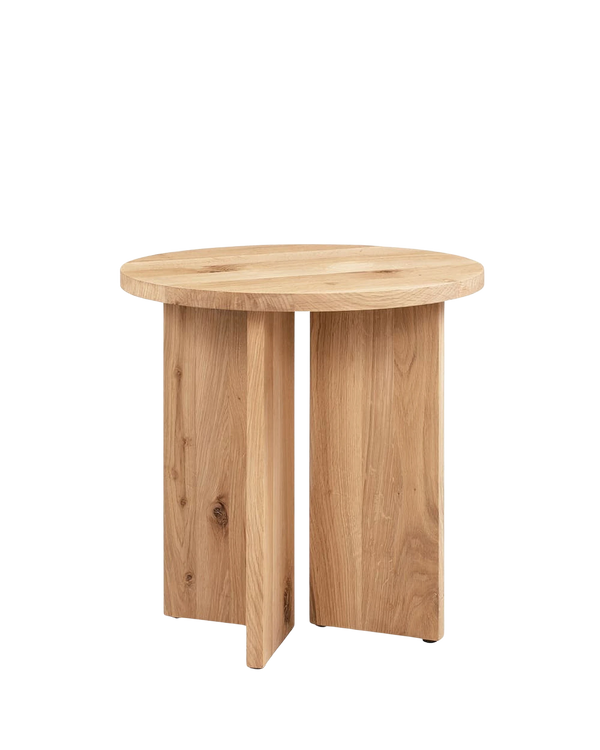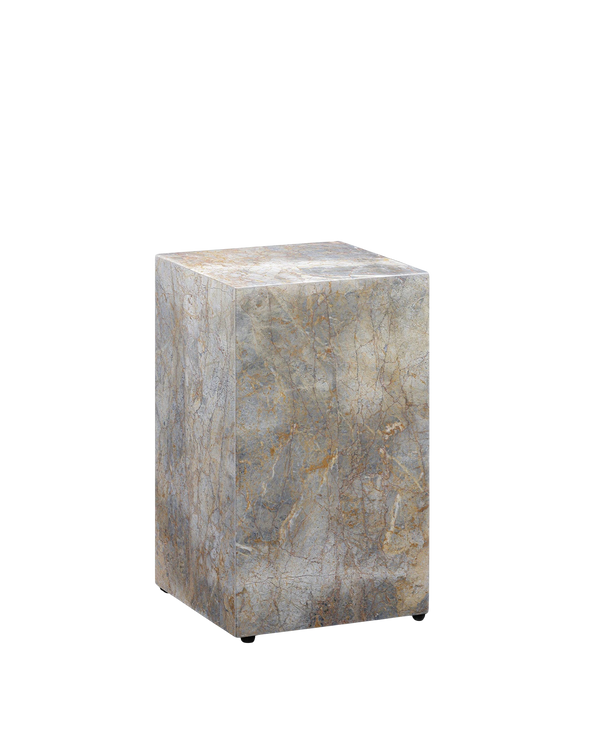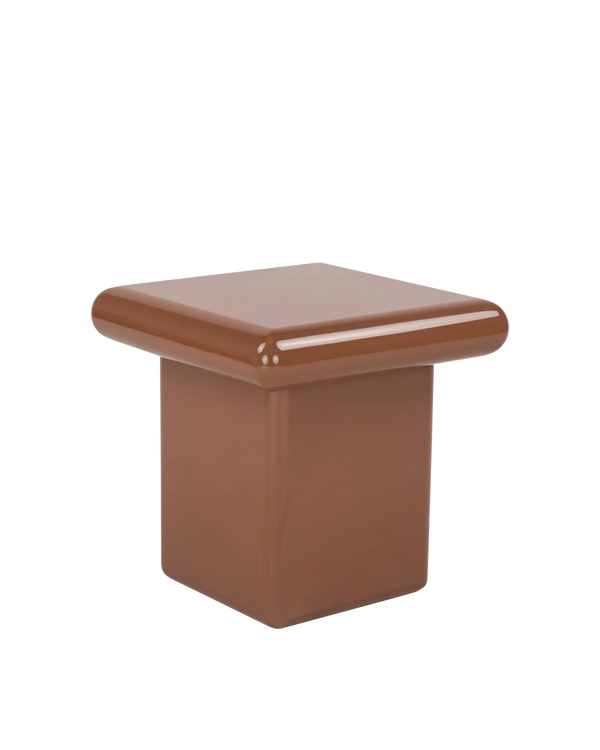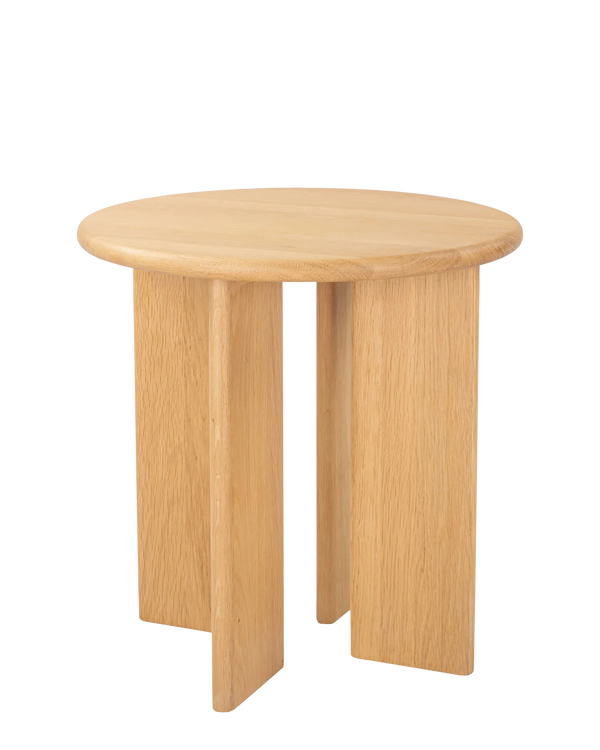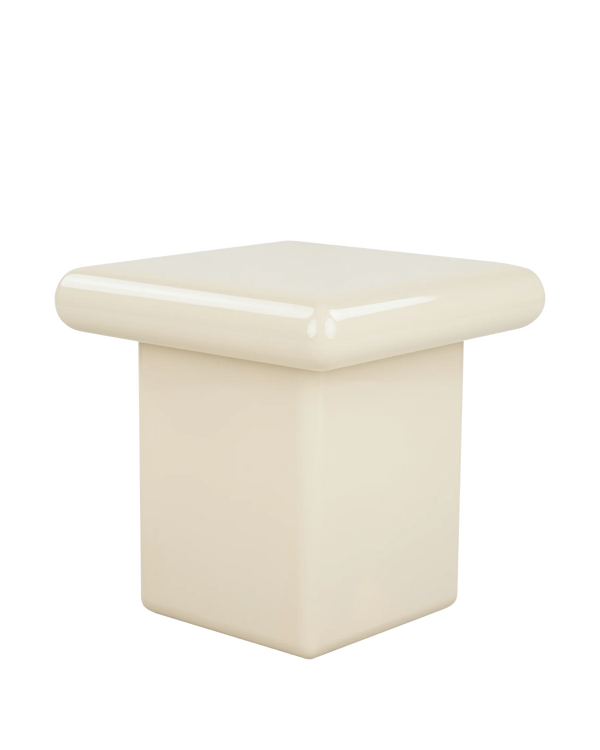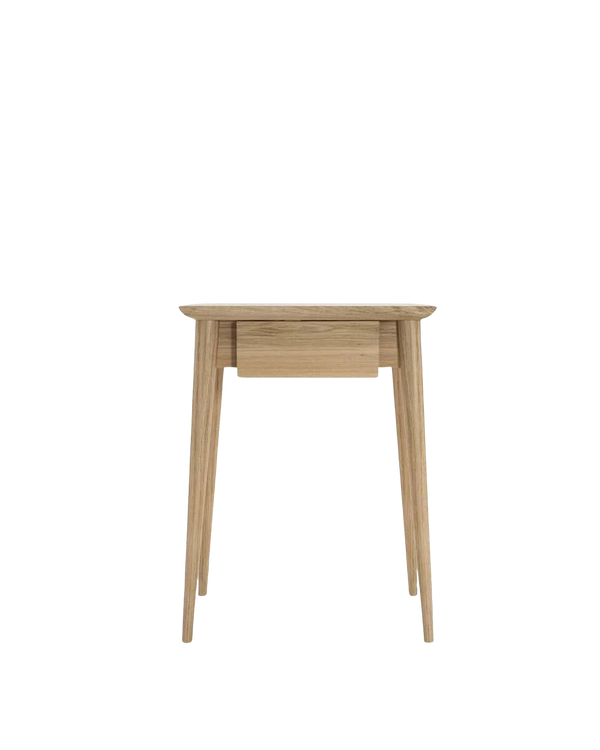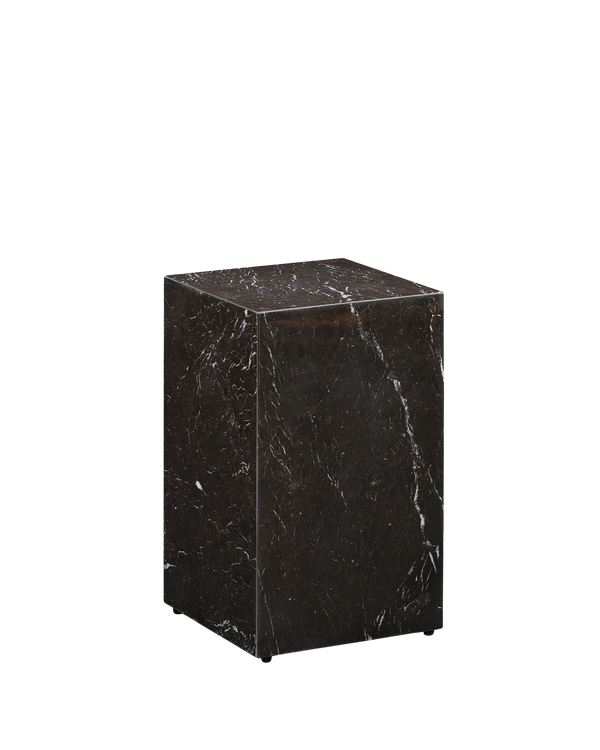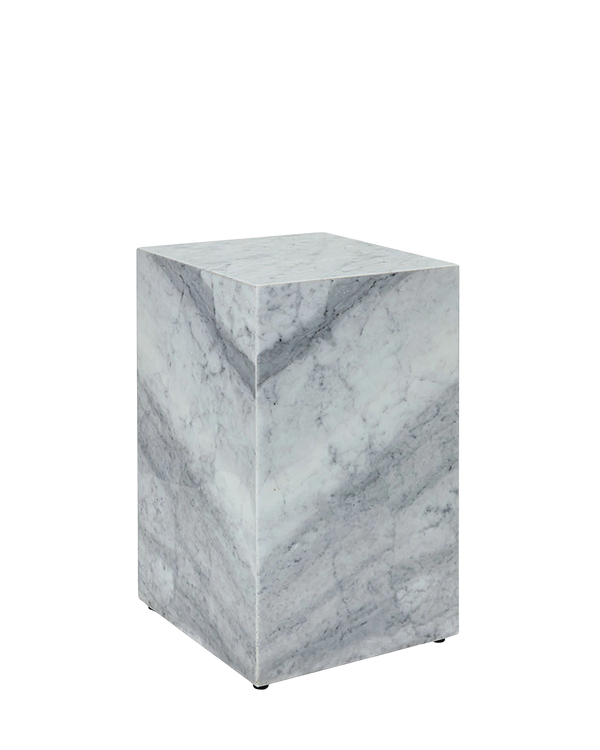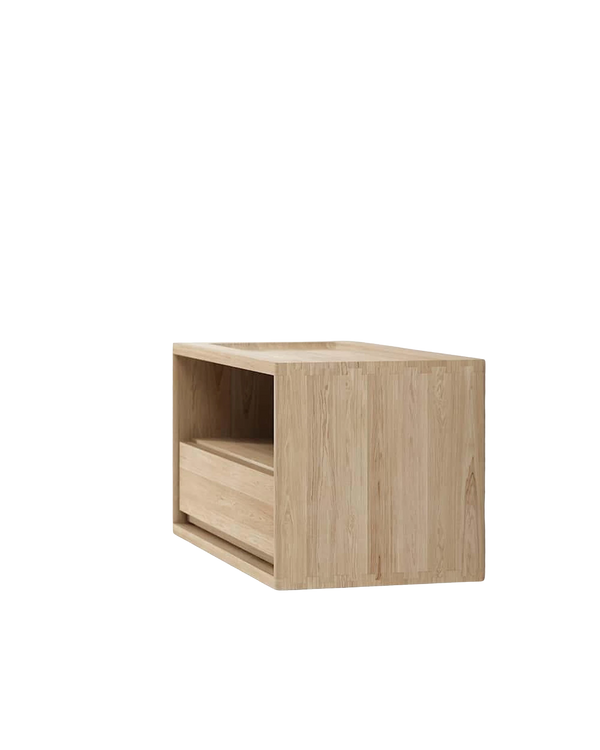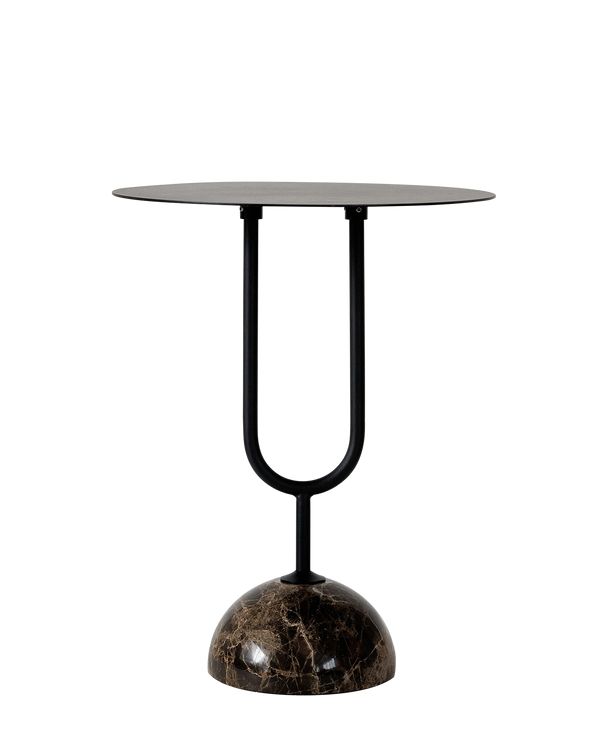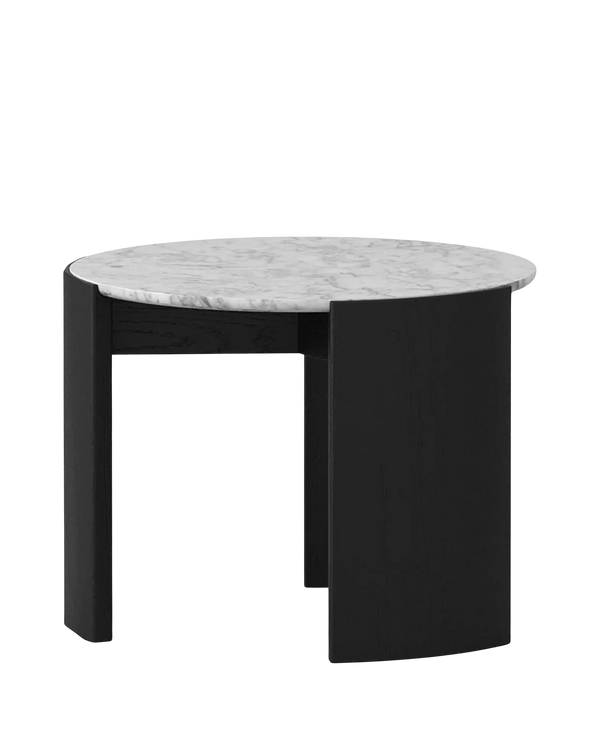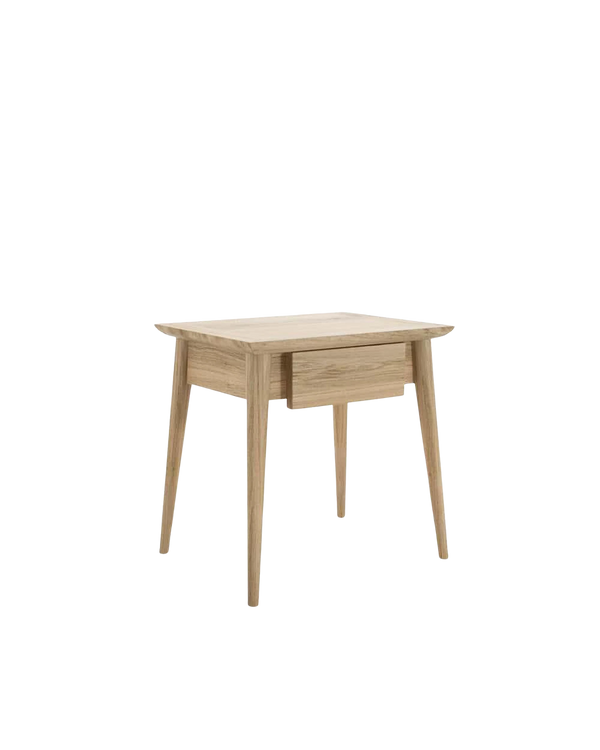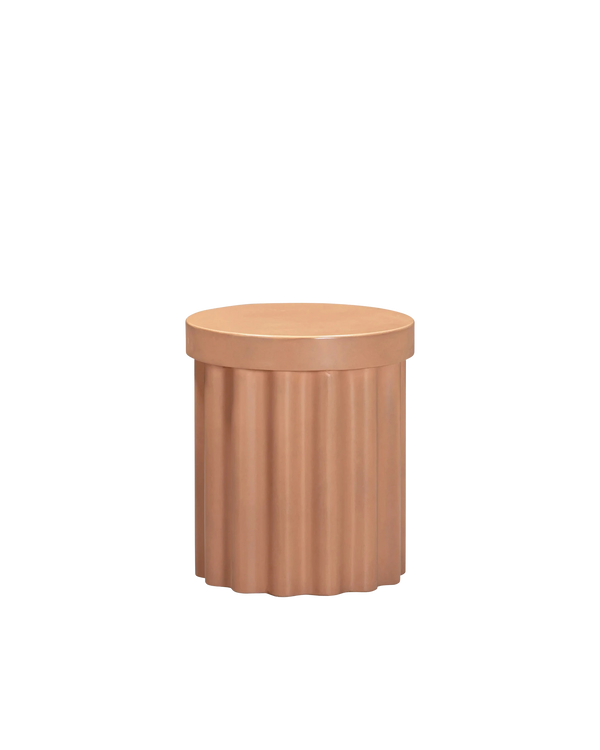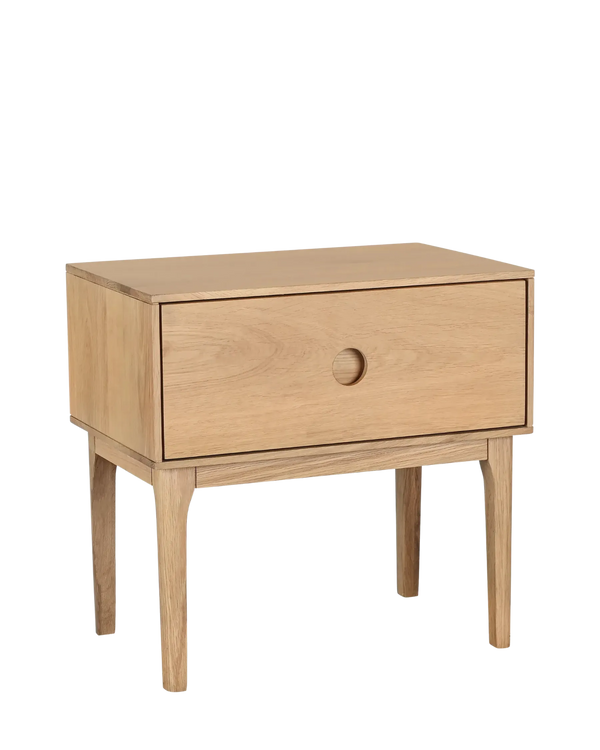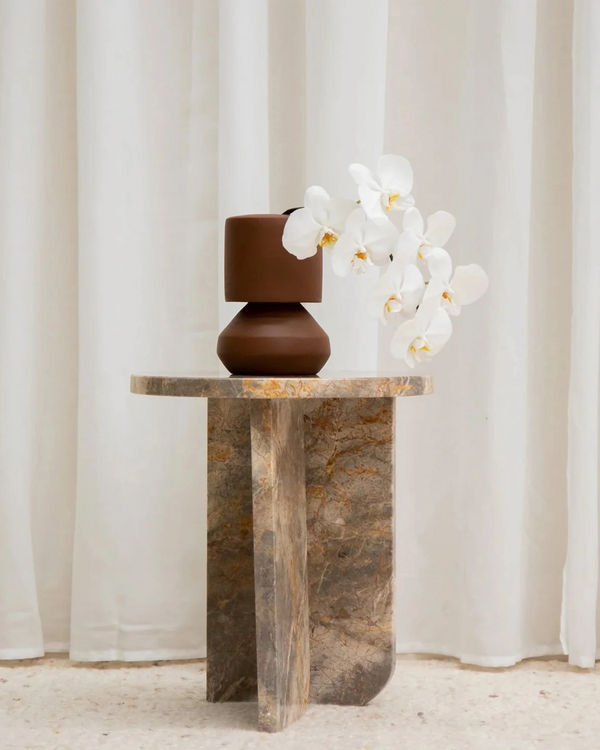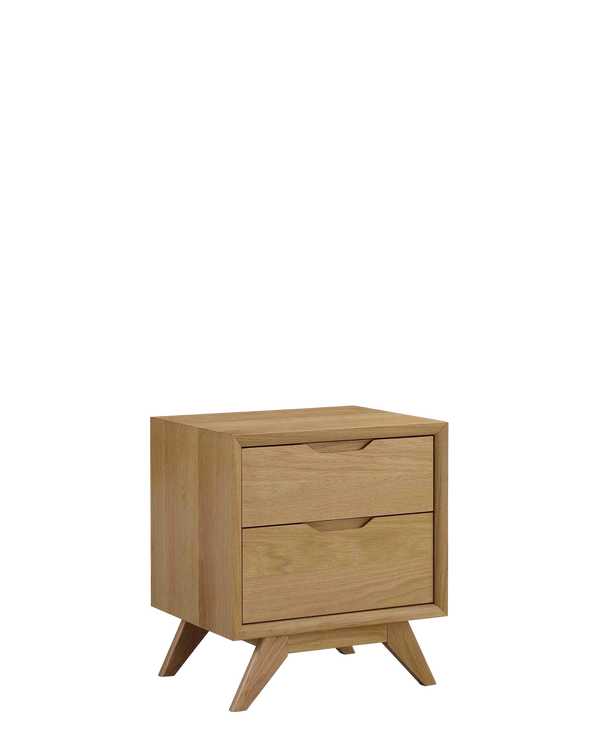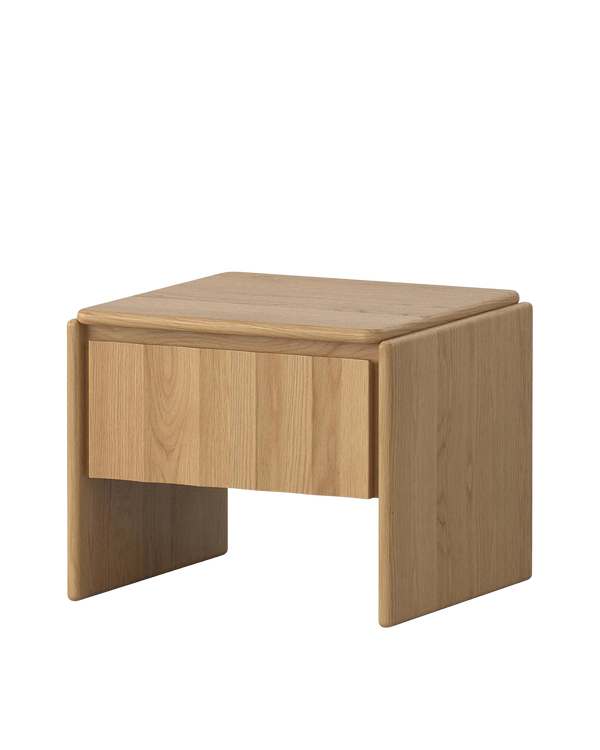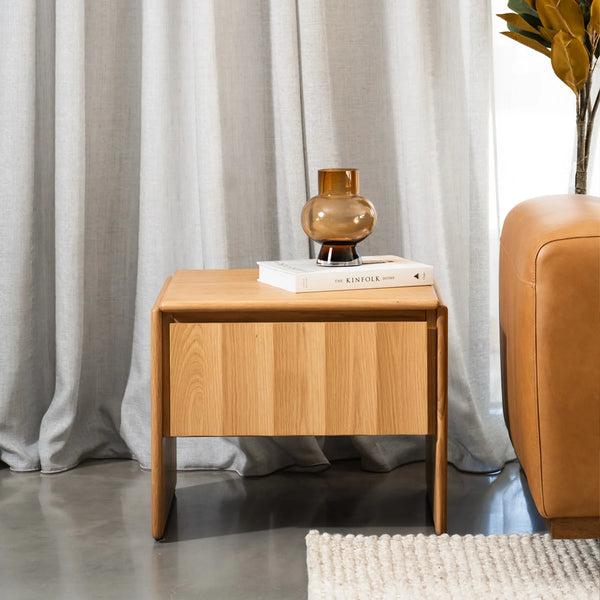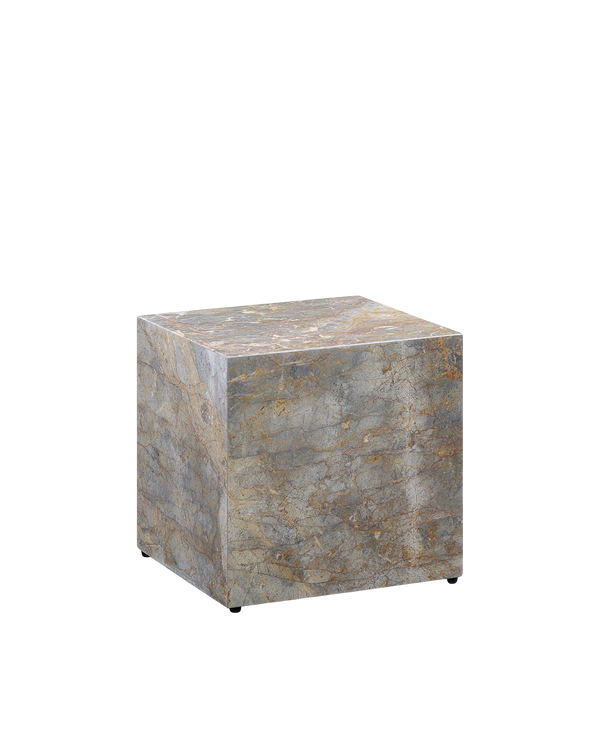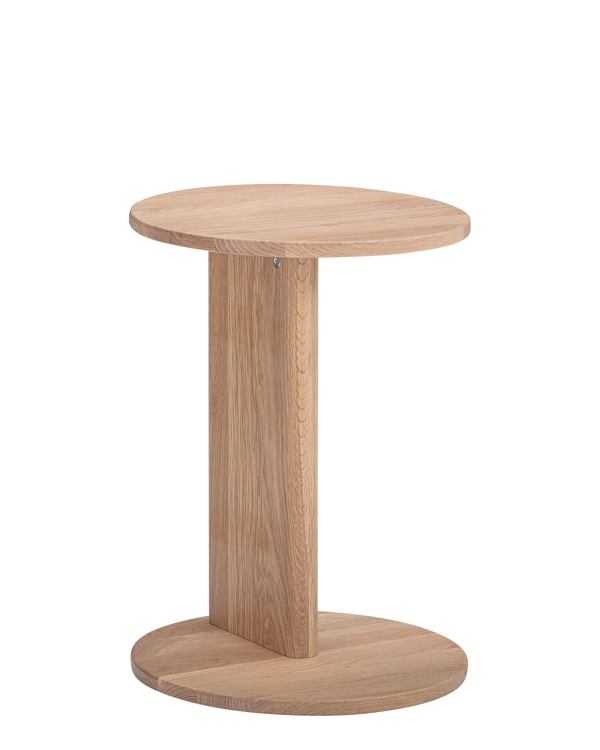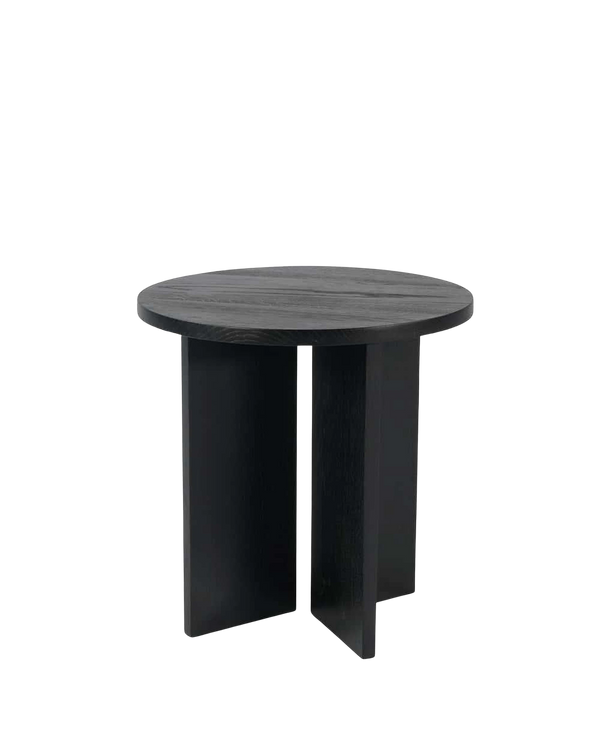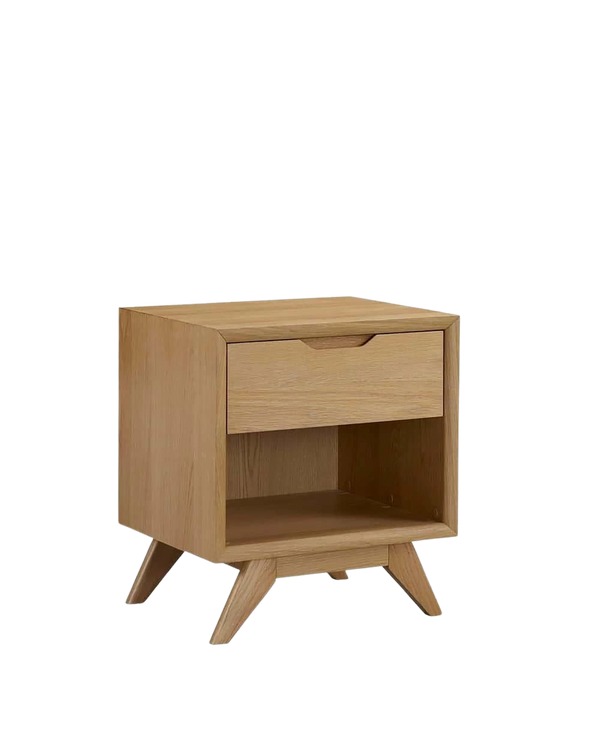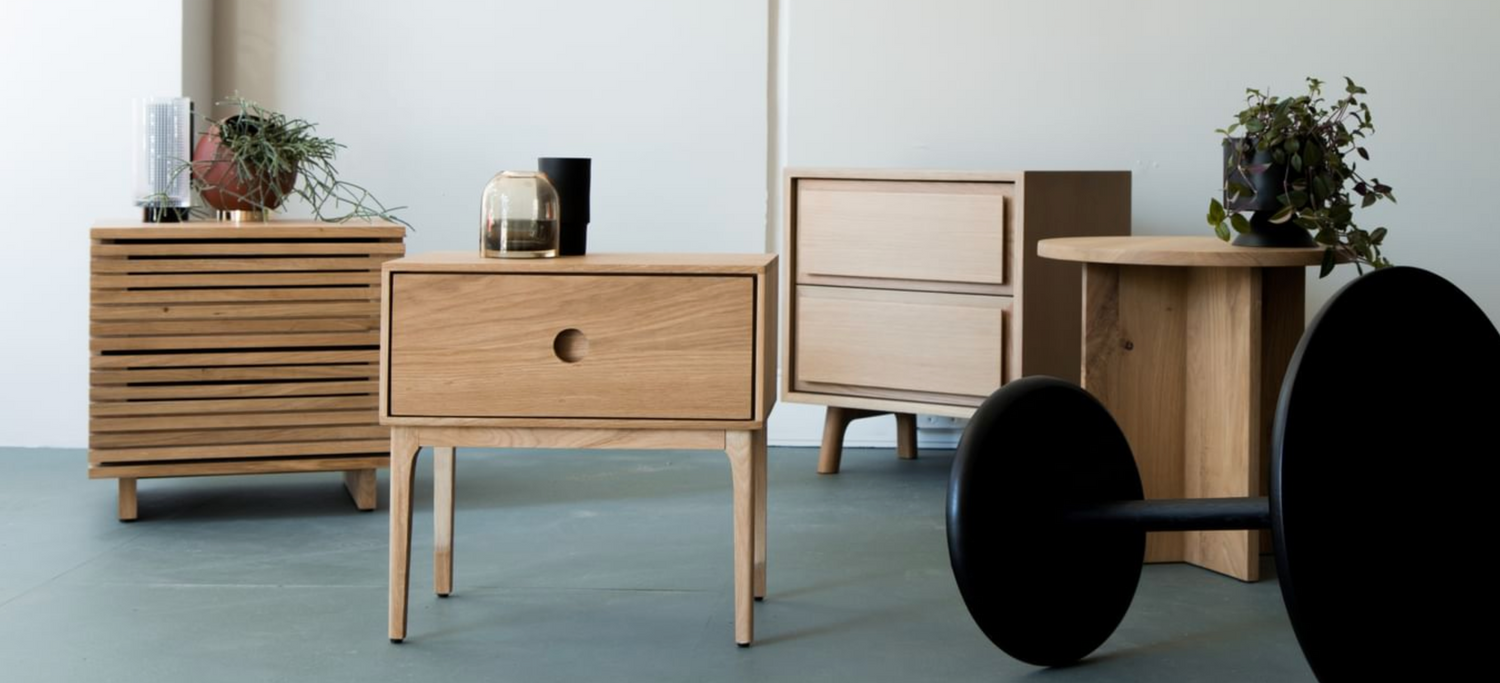Side Tables
Create a snug retreat using side tables, a peaceful vibe paired with lasting quality.
Shop Side Tables Online
Welcome to RJ Living's curated collection of side tables, designed to elevate your Australian home with style and functionality. Our range offers the perfect blend of form and practicality, ensuring you'll find the ideal piece to complement your living space. Whether you're looking for round side tables to soften your room's angles or square side tables for a more structured look, we have options to suit every taste and interior design scheme.
Different Styles of Side Tables
Side tables come in a variety of styles to suit diverse interior preferences. Modern designs often feature clean lines and minimalist aesthetics, while traditional styles may incorporate ornate details and curved elements. Some popular styles include:
- Scandinavian: Light wood tones and simple silhouettes
- Industrial: Metal frames and rustic finishes
- Mid-century modern: Tapered legs and organic shapes
- Coastal: Natural materials and relaxed vibes
- Art Deco: Geometric patterns and luxurious finishes
Choose a style that harmonises with your existing decor to create a cohesive look throughout your home. For a touch of elegance, consider our marble side tables, which can add a sophisticated focal point to any room.
Side Table Materials and Finishes
The materials and finishes of your side table can significantly impact its durability and visual appeal. Common materials include wood, metal, glass, and marble. Our collection of timber side tables offers warmth and natural beauty, available in various finishes from light oak to rich walnut. Metal provides a sleek, contemporary look and is often used in industrial or modern designs. Glass creates an illusion of space and works well in smaller rooms, while marble adds a touch of luxury and sophistication to any space.
Consider how the material will complement your other furniture and withstand daily use in your home. When selecting a side table, think about how it will pair with your existing sofas and couches to ensure a cohesive look in your living area.
Choosing the Right Size Side Table
Selecting the appropriate size side table is crucial for both aesthetics and functionality. Measure the height of your sofa or chair arms to ensure the table top is easily accessible. A general rule is to choose a side table that's within 5 cm of your sofa's arm height. Width and depth should be proportional to the space available and the items you plan to place on the table. For a comprehensive living room setup, consider how your side tables will complement your coffee tables and TV units to create a balanced and functional space.
Side Tables for Small Spaces
Compact living doesn't mean sacrificing style or functionality. Nest tables offer versatility, allowing you to expand your surface area when needed and tuck away neatly when not in use. Wall-mounted side tables are another space-saving option, providing a floating surface without taking up floor space. Look for multi-functional pieces with built-in storage to maximise utility in limited areas. These clever designs can help you make the most of your space without compromising on style or practicality.
Side Table Buying Guide: What to Consider
When purchasing a side table, keep these factors in mind:
- Purpose: Will it primarily hold drinks, display decor, or provide storage?
- Room layout: Consider traffic flow and placement relative to other furniture.
- Maintenance: Choose materials that are easy to clean and suit your lifestyle.
- Weight capacity: Ensure the table can support the items you plan to place on it.
- Assembly: Check if the table requires assembly and if you're comfortable with the process.
By carefully considering these aspects, you'll be able to select a side table that not only looks great but also serves your needs effectively for years to come.
Side Table Placement Ideas
Strategic placement of side tables can enhance both the functionality and visual appeal of your room. Position a side table next to your favourite reading chair to hold books and a lamp. In the bedroom, use matching side tables on either side of the bed for symmetry and practicality. For open-plan living areas, consider using a larger side table as a room divider to delineate different zones. Experiment with different arrangements to find the perfect setup that balances aesthetics and functionality in your unique space.
Side Table Care and Maintenance
Proper care ensures your side table remains beautiful for years to come. Use coasters to prevent water rings on wooden surfaces. Dust regularly with a soft, dry cloth to maintain the finish. For glass tops, use a glass cleaner and lint-free cloth to avoid streaks. Address spills immediately to prevent staining, especially on porous materials like marble or untreated wood. By following these simple maintenance tips, you can keep your side tables looking as good as new, preserving their beauty and extending their lifespan.
Side Table Alternatives and Creative Uses
Think beyond traditional side table uses to maximise their potential in your home. A small side table can serve as a compact workspace in a bedroom corner. In the entryway, use a side table as a stylish catch-all for keys and mail. Repurpose an outdoor side table as a plant stand to bring greenery into your living space. The versatility of side tables allows for creative solutions to various storage and display needs throughout your home. Don't be afraid to think outside the box and find innovative ways to incorporate these versatile pieces into your interior design scheme.
What's the difference between side tables and end tables?
What's the difference between side tables and end tables?
The terms are often used interchangeably, but traditionally, end tables sit beside sofas or chairs, while side tables can be used anywhere for accent or functional purposes. End tables are typically designed to match the height of sofa arms, while side tables vary more in height and purpose.
How many side tables do I need in my living room?
How many side tables do I need in my living room?
This depends on your seating arrangement and lifestyle. Typically, one side table per seating area works well. For a three-seat sofa, one or two side tables are usually sufficient. Consider your habits - do you need surfaces for drinks, books, or lamps throughout the room?
Can side tables be higher than my sofa arms?
Can side tables be higher than my sofa arms?
While side tables are traditionally level with or slightly below sofa arms, higher tables can work for specific purposes like displaying lamps or plants. Ensure the proportions look intentional and the table doesn't obstruct movement or views in the room.
What size should my side table be relative to my sofa?
What size should my side table be relative to my sofa?
Side tables should be proportional to your seating. For standard sofas, tables 45-60cm in diameter or width work well. Larger sectionals can accommodate bigger tables, while apartment-size furniture pairs better with more petite tables. Consider visual weight, not just dimensions.


